Kendamil vs. Bobbie Formula 2024 Comparison Review
This post may contain affiliate links. As an Amazon Associate, I earn from qualifying purchases. Please read my disclosure.There are so many infant formulas on the market today, so it can be tough to figure out which formula might be the best option for your little one! In this guide, we’ll break down everything you need to know about Bobbie organic infant formula compared to Kendamil infant formulas so you can find the best formula for your baby.
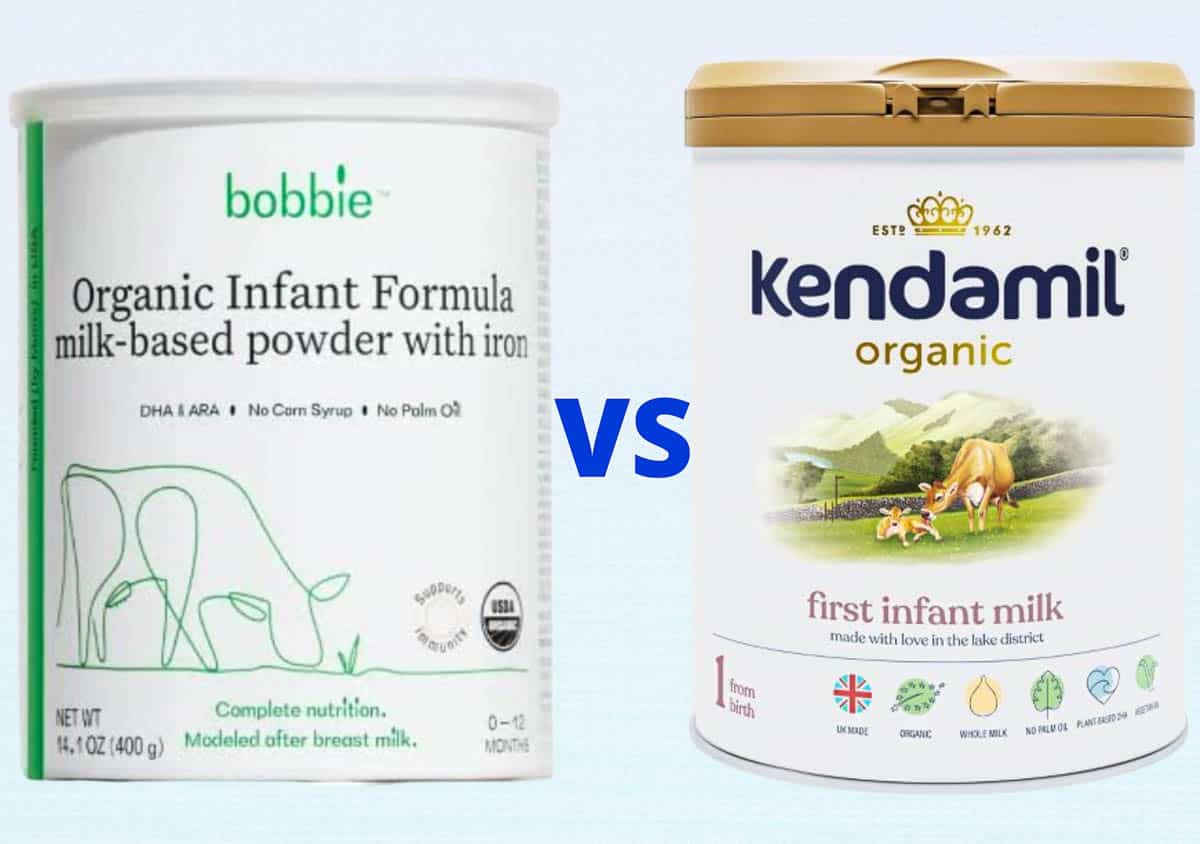
Bobbie Infant Formula and Kendamil’s line of infant formulas are some of the newer options on the market today. If you’re wondering about the differences between Kendamil formula vs. Bobbie and which brand of formula is better, you’ve come to the right place!
In recent years, American parents have become more interested in feeding their babies organic baby formula with high-quality ingredients. I know when I had both of my kids, I wanted products that listed lactose as the primary carbohydrate and were free of ingredients like palm oil and corn syrup.
Due to the 2022 baby formula shortage, the Federal Drug Administration (FDA) has allowed the import of more formulas manufactured outside the US, including Kendamil. Given recent formula shortages, you might be looking for new brands and other quality formula options you can trust! To help you choose which options to consider, this formula comparison will highlight the similarities and differences between Bobbie vs. Kendamil.
About Bobbie Organic Baby Formula
Bobbie formula was founded in 2018. The company was created by and is still led by two moms who struggled to breastfeed exclusively and were frustrated with the organic baby formula options that were available in the United States at the time. Currently, Bobbie has two types of formula: Organic Infant Formula and Organic Gentle Formula. Their Organic Infant Formula is easy to try thanks to their starter offer which gives you 50% off your first 24oz can + free shipping!
The organic formulation is made with non-fat milk and a ratio of whey to casein of 60 to 40, mimicking the proteins in breast milk, making it easy on your baby’s digestion. Bobbie Organic Gentle is even easier on sensitive little tummies; it is made with 100% partially hydrolyzed whey protein (also sourced from organic cow’s milk).
Bobbie is the only European-style infant formula that’s both manufactured and sold in the US and is made with milk from grass-fed cows on organic farms in Vermont and Ohio. It is a formula that can be used from 0-12 months old. It meets FDA requirements for infant formula and was inspired by European nutritional requirements. It is USDA-certified organic, Kosher, and is the first US baby formula to have received both the Clean Label Project Purity Award and the Clean Label Pesticide-Free Certification.
Both varieties of Bobbie are the only infant formulas made in the United States to meet the EU standard for DHA, a fatty acid that is essential for brain and eye development, at 20 mg per 100 calories of prepared formula. Additionally, the fatty acid is water-extracted from algae rather than being synthetically extracted with hexane, as many other formula brands commonly extract DHA.
Bobbie Organic Infant formula is made with non-fat milk and contains no palm oil, maltodextrin, gluten, corn syrup, antibiotics, or soy allergens. The formula is also lower in iron, preventing constipation while meeting FDA standards and EU regulations. The Bobbie Gentle formulation is made with organic lactose and partially hydrolyzed protein and is free of palm oil, maltodextrin, gluten, corn syrup, antibiotics, and more.
Since Bobbie Organic infant formula is manufactured in the US and uses a subscription-based model, parents with a subscription will have continued access to their infant’s formula for the duration of their formula-feeding journey without having to search or shop at retail stores. Bobbie Organic Infant formula is sold at Target in case last-minute pick-ups are ever needed.
About Kendamil Baby Formula
Kendamil is a privately-owned baby formula brand made in the United Kingdom (UK) that has been in business for more than 60 years. Kendamil was founded by a British family and uses a British supply chain to make their formula in the UK.
Kendamil has two infant formula varieties that are now available at Target stores in the United States: Kendamil Classic Infant Formula and Kendamil Organic Infant Formula, which are suitable for infants 0-12 months.
Since Kendamil is based in the UK, they also have two early infant formulas, Kendamil Classic First Infant Milk Formula and Kendamil Organic First Infant Milk Formula, which are the versions sold in Europe, and are created in stages (Stage 1 is formulated specifically for ages 0-6 months, Stage 2 for 6-12 months, Stage 3 for 12 months+). These versions are available by subscription services in the US. All four of these varieties are whole milk formulas, and have similar ingredients – the main distinction being the staging of the EU first milk formulas and the fact that the classic formula variations are not organic.
All of the Kendamil formulas are similar to Bobbie in the way that they are formulated with cows milk, contain high levels of DHA, and do not contain corn syrup, palm oil, or other additives.
The two formula varieties are certified vegetarian, kosher, made with plant-based DHA, and contain no palm oil. Additionally, Kendamil is made with whole milk instead of skim, producing a creamier texture but also reducing the amount of vegetable oils added to the formulas. Both versions of Kendamil’s formulas also have a whey-to-casein ratio that is similar to mature breast milk.
Kendamil has become recently available to the U.S. market under the FDA enforcement discretion as part of Operation Fly Formula; a plan to increase infant formula supply in the United States in light of the 2022 formula shortage.
Note: Kendamil goat milk formula is another popular offering but I will be reviewing only their cow’s milk-based formula in this Kendamil review blog post.
How Do Kendamil And Bobbie Differ In Nutrition And Ingredients?
When analyzing the ingredients and nutritional value of formulas, I always analyze the make-up of the macros (protein, carbohydrates, and fat), as well as the casein-to-whey ratio in the formula. Here is a quick breakdown of these nutrients and why they matter:
Protein
Milk protein is a key component in baby formula and in breast milk. Infant formulas that are cow-milk-based typically contain whey and casein – the two protein components in milk. The ratio of whey to casein matters because if the ratio is off, it can cause fussiness, gas, constipation, and other tummy troubles in babies.
- Whey: Whey protein is the liquid that remains after milk has gone through the cheese-making process (e.g. curdled and strained). Whey is typically digested more quickly than casein.
- Casein: Casein protein is what gives milk its white color. Cow’s milk is about 80% casein. Casein is also a byproduct of the cheese-making process and is the curds or solids that separate from the liquid whey when milk is curdled. Casein is more dense than whey and is digested more slowly. Too much casein in a formula can cause constipation.
- The whey-to-casein ratio: This ratio starts at 80:20 or 70:30 in early lactation/newborn stages of breast milk and decreases to 50:50 over a couple of years. Typically, mature breast milk still during the infant stages has a ratio of 60:40.
Fats
The natural composition of breast milk is full of essential fatty acids, so baby formula needs to be able to mimic the fat composition of human breast milk. Typically, the fat content of baby formula will be a mix of different vegetable oils: soy oil, sunflower oil, coconut oil, and palm oil, are all frequently used in varying ratios to provide the healthy fats your baby needs.
Carbohydrates
Carbohydrates give your baby energy! They are in breast milk and are essential to include in baby formula. The best type of carbohydrate to include in formula is lactose, which is the naturally occurring carbohydrate in breast milk and in cow’s milk.
The unfortunate thing is that many conventional formula brands will use carbohydrates like corn syrup solids, maltodextrin, brown rice syrup, sucrose, or glucose syrup instead of lactose – because they’re cheaper, have a longer shelf life, and can be more suitable for the rare occurrence when a child has a lactose sensitivity. For this reason, they are often common ingredients in sensitive formula formulations.
Kendamil Vs. Bobbie Formula – How They Stack Up Nutritionally
*Note: As of June 2023, Bobbie no longer uses soy oil in their formulas so their formulas are 100% soy-free! Their fat blend now consists of organic coconut, sunflower/safflower, and canola oils. Always refer to the manufacturer’s website for the most up-to-date and accurate product information.
Now that we have an understanding of the important ingredients and nutritional profiles to look for in formula, let’s compare Bobbie Organic Infant Formula, to both Kendamil Classic First Formula and Kendamil Organic First Formula.
We will evaluate these important components of infant formula:
- Adequacy of vitamins and minerals
- Protein ratio
- Type of carbohydrate
- Types of fats
Note: All of these formulas are made from cow’s milk. Kendamil doesn’t offer a hypoallergenic option but Bobbie does offer a sensitive formula option, the Organic Gentle formula. This formula is still made with lactose and all organic ingredients, however, it uses 100% partially hydrolyzed protein (derived from organic cow’s milk) to be easier on baby stomachs. The Bobbie company website says that their original formulation reduces gas and is good for fussiness as well.
Bobbie Vs. Kendamil Classic First
* Note: As of June 2023, Bobbie no longer uses soy oil in their formulas, their formulas are 100% soy free! Their fat blend now consists of organic coconut, sunflower/safflower, and canola oils.
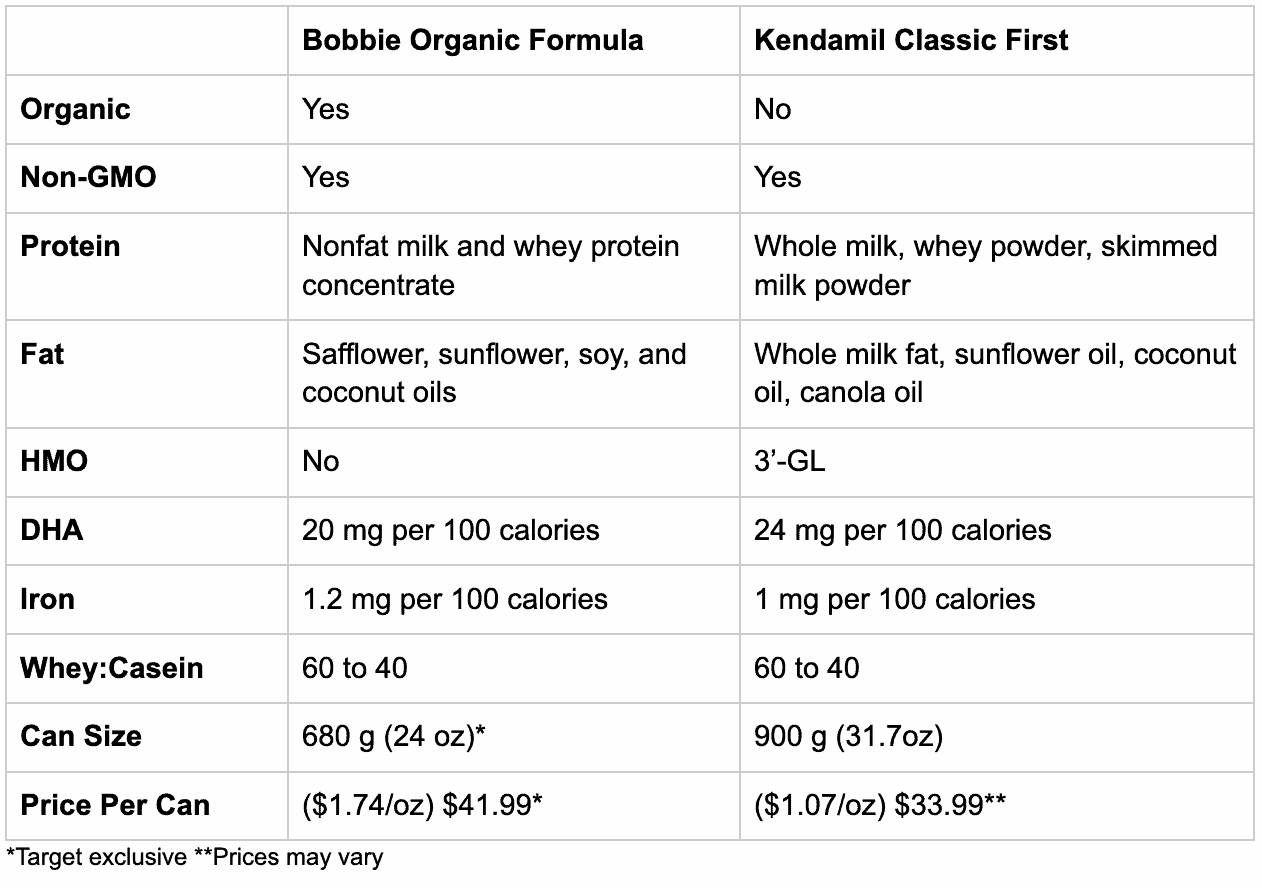
The Similarities Between Bobbie Organic And Kendamil Classic:
- Nutritional Requirements: Both Kendamil Classic First and Bobbie Organic Formula will meet a growing infant’s vitamin and mineral needs from birth to 12 months.
- FDA Standard: Both formula options meet FDA requirements for standard infant formula.
- No Palm Oil: Neither Bobbie nor Kendamil Classic contains palm oil.
- DHA: Both formulas contain DHA, an omega-3 fatty acid important for eye and brain development.
- Lactose: Both formulas use lactose as their carbohydrate source.
- No Added Sugars: Neither formula contains added corn syrup or other added sugars.
- Whey-to-Casein Ratio: The protein in both formulas is milk-based, and both have a 60 to 40 ratio of whey to casein, which matches the ratio in mature breast milk.
The Main Differences Of Bobbie Formula Vs. Kendamil Classic:
- Organic Certification: Kendamil Classic First is not an organic infant formula, though the Organic First Infant Formula is. Both versions of Bobbie use USDA-certified organic and use pasture-raised organic milk from Organic Valley farms in the United States. Bobbie is a great organic choice for parents searching for European-style infant formula.
- Milk Source: Kendamil’s milk source is Red Truck Dairy, a not-for-profit company that is the UK’s biggest farm and food assurance scheme. They developed standards based on best practices and legislation that cover animal welfare, food safety, traceability, and environmental protection.
- Type Of Milk: Kendamil uses whole milk while Bobbie uses nonfat milk.
- Fat Blends: Kendamil uses a blend of fat from whole milk and sunflower, coconut, and rapeseed oils. Because of the whole milk formula base, Kendamil is able to use fewer vegetable oils in their formula. Bobbie uses a blend of vegetable oils: safflower, sunflower, canola, and coconut.
- Formula Stages: Kendamil provides stages of their formulas while Bobbie does not.
- HMOs: Kendamil Classic First contains a Human Milk Oligosaccharide (HMO), a type of prebiotic fiber. Bobbie does not contain any prebiotics.
Bobbie Vs. Kendamil Organic First
* Note: As of June 2023, Bobbie no longer uses soy oil in their formulas, their formulas are 100% soy free! Their fat blend now consists of organic coconut, sunflower/safflower, and canola oils.

The Similarities Between Bobbie Organic And Kendamil Organic:
- Nutritional Requirements: Bobbie organic formula and Kendamil Organic First formulas each meet the needs of infants based on the US standards of the FDA.
- Organic: Both formulas are certified organic and use high-quality milk from grass-fed cows. Though both Bobbie and Kendamil Organic First formulas are organic and European style, and use milk from pasture-raised cows, Bobbie is made in the United States with milk sourced from US Organic Valley dairy farms.
- DHA: Both formulas include DHA and neither contain palm oil.
- Whey-to-Casein: Both formulas have a 60 to 40 ratio of whey to casein for easier digestion
- Lactose: Both formulas use lactose as the main carbohydrate source.
- Dairy Standards: No antibiotics, no hormones, no pesticides – this is consistent across both the US and EU in organic dairy cows.
The Main Differences Of Kendamil Organic Formula Vs. Bobbie Organic:
- Fat Blend: Kendamil Organic First uses a blend of fats from whole milk fat and sunflower, coconut, and rapeseed oils, while Bobbie uses safflower, sunflower, canola, and coconut oils.
- Type Of Milk: Kendamil uses whole milk while Bobbie uses nonfat milk.
- HMOs: Kendamil Organic First contains Human Milk Oligosaccharide and Bobbie does not.
Digestion, Taste, And Texture Comparisons
Both Kendamil and Bobbie baby formulas are known for their superior taste and texture, an important factor when it comes to baby formula. They both dissolve quickly and easily, creating smooth and creamy formulas that are not lumpy or chalky.
Thanks to the whole milk formulation, Kendamil is known to be ultra-smooth and creamy, creating a rich flavor that some babies prefer. Because of this formulation, however, many moms and Kendamil formula reviews share that it can be more difficult for some babies with sensitive stomachs to handle.
Bobbie’s classic organic offering was developed for optimal easy digestion and immune support, and then they also have their gentle formula which is created with hydrolyzed protein specifically to reduce gas and fussiness. Both organic options are gentle formulas that have a reputation amongst mothers and Bobbie formula reviews for being smooth and easy to digest even for babies with the most sensitive stomachs.
Pricing Information And Availability
Bobbie Pricing
Though you can purchase Bobbie Organic formula at Target stores, they also have a very popular subscription service. At Target, Bobbie formula is $1.84 per oz (or $25.99 per can) and each 14.1 oz can makes 104 oz of formula. But when bought via a subscription, Bobbie is $23.40 per 14.1oz can (or $1.66 per oz). You can even get a trial can to start for 50% off with free shipping!
Note: at this time, the Bobbie Organic Gentle formula is not sold at Target and can only be purchased through the Bobbie subscription service. The gentle formulation is $1.99 per oz ($28 per can) and each 14.1 oz can makes 104 oz of formula. And if you sign up for a subscription, you’ll get 10% off your first two orders!
Kendamil Pricing
Kendamil Infant Formula can be purchased at Target or the Kendamil website, though the EU version of their Infant First Milk is only available through subscription services.
When purchased at Target, Kendamil Classic Infant Formula is cheaper than the Kendamil Organic Infant Formula and Bobbie Organic Formula. It is $1.21 per oz (or, $33.99 per 28.2 oz. can) whereas Kendamil Organic Formula is $1.42 per oz (or, 39.99 per 28.2 oz. can). While it’s not organic, the classic Kendamil is a good formula for a more budget-friendly option.
Stage 1 of Kendamil Classic First Infant Milk Formula is a slightly more expensive option than the classic infant formula sold at Target. It is $43.99 per 900g can (or 31.7 oz), working out to $1.39 per oz. Stage 1 of Kendamil Organic First Infant Milk Formula is $53.99 per 900g can (or 31.7 oz), working out to $1.70 per oz.
All of these formulas are great options for infant formula for your baby. Kendamil Classic formulas aren’t organic, so I’d say they are a step below Bobbie and Kendamil organic.
Kendamil Vs. Bobbie FAQs
All infant formula that is manufactured and sold in the United States is regulated by the Food and Drug Administration (FDA). The FDA sets minimum requirements for certain nutrients that all US formula brands must meet. It is important to note, however, that the FDA doesn’t technically “approve” food products, including infant formulas, they only regulate them.
The FDA also sets good manufacturing practices, quality control procedures, quality factors, notification requirements, and records and reports guidelines for infant formula manufacturers. These requirements are designed to help ensure the safety of American formulas.
European formulas are not regulated by the FDA, however they are regulated by the European Union (European Commission) and they meet the European standards for infant formula. Additionally, many of them do meet FDA nutritional requirements for infant nutrition. Today, because of Operation Fly Formula, Kendamil Organic is one of the few European brands that is now regulated by the FDA.
Parents should always discuss any formula changes with their pediatrician before making any changes. In addition, it is recommended to gradually switch formulas, mixing formula with breast milk or formula before making the full transition to the new formula.
In Conclusion: Formula Recommendations
Kendamil and Bobbie both offer an organic European-style baby formula option, though Kendamil Classic First is not organic. All formulas reviewed in this article meet FDA requirements for infant formula, stack up to the EU’s strict standards for DHA, and contain all the key vitamins and minerals for infant growth and development.
Bobbie Organic, Bobbie Organic Gentle, Kendamil Organic First Infant Milk, and Kendamil Organic Infant Formula are four of the best infant formulas on the market today. Bobbie remains the only US, European-style organic baby formula and is a great option for new parents. They are also certified USDA organic and reach EU thresholds that other US brands do not.
Both brands are available at Target and on Target.com, though Kendamil Stage 1-3 formulas are only currently available in the US by subscription service.
Bobbie is available via subscription service as well, making it very convenient for parents to receive formula on their doorstep month after month. They also have an amazing customer care team dedicated to helping every parent find the best infant formula for their baby!
As noted above, there are slight differences between the four organic formulas – and it all comes down to your baby’s specific needs and preferences. You really can’t go wrong when choosing between Bobbie and Kendamil Organic. So if you are wondering if you should go with Kendamil or Bobbie, always talk with your pediatrician when choosing a formula for your baby and be open to considering all of the options to best meet your baby’s needs.
I hope this Bobbie vs. Kendamil comparison guide helped you understand the differences between Bobbie and Kendamil, and find the right choice for your baby! If you have any questions, don’t hesitate to leave a comment below – I respond to every single question I get!



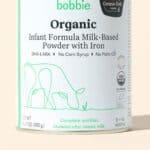

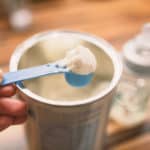

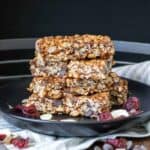


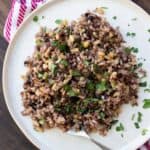



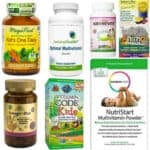
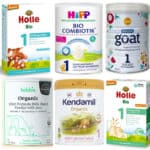



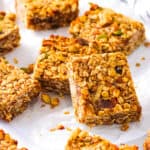






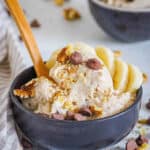


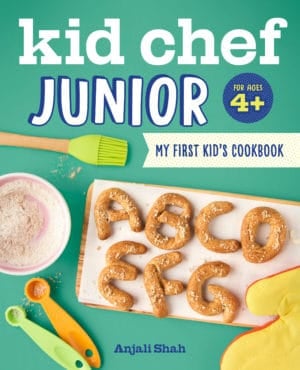


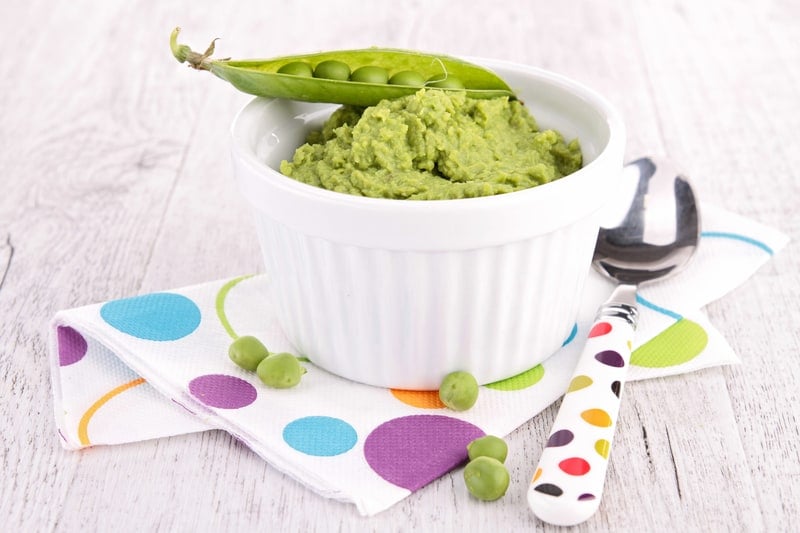



bobbies contains no taurine, an important amino acid…. almost all formulas including kendamil contain taurine
mothers breast milk contains a large amount of taurine as a baby produces none until it eats solid food such as egg,meat etc
taurine is suspected to be involved in fat digestion and retinal development….some studies say it taurine should be in all baby formulas
Hi Joyce! Bobbie formula does not contain taurine because the company chooses to follow a European-style formula approach, which typically excludes added taurine, believing that the benefits of including it are not well-established and may not outweigh potential risks, unlike many standard US formulas that add it to mimic breast milk composition more closely; essentially prioritizing a “less is more” philosophy when it comes to added ingredients. Hope that helps clarify!
Hi
I think that Kendamil is great but the issue with it is preparation that is long . I would need formula that can be ready withon 5 minutes while baby is hungry and Bobbies seems to be much quicker to prepare. Is there any alternative to quickly prepare Kandemil?
Hi Gosia! Why do you feel like Kendamil takes so long to prepare? When I mixed this formula when my kids were infants, it was pretty fast – took about 5 minutes. Let me know and maybe I can help you speed it up!
Thank you very much for a great explanation and details 🙏
It is very helpful!
So glad you found this helpful Hailey!
Thanks for this very informational post! My baby has been vomiting more frequently–every other day now. He eats majority expressed breastmilk, and 1 or 2 bottles/day of Kendamil. I was thinking of trying Bobbie, just to see if it helps with the vomiting. Do you think the nonfat milk in Bobbie (vs whole milk in Kendamil) or any other differences in ingredients could be a factor in causing vomiting?
Hi Christine! Thanks for reaching out and I’m so glad you found this post helpful! So sorry to hear that your baby has been vomiting more frequently. Have you talked to your pediatrician about whether they think your baby might have reflux? If it is reflux, then you might want to try an anti reflux formula (with your pediatrician’s approval) like HiPP AR vs. Bobbie or Kendamil. If your baby is having trouble digesting milk fats specifically, then the nonfat milk in Bobbie might help alleviate some of the reflux since Kendamil has more milk fats from the whole milk. But between the two formulas, they are pretty comparable, so it’s really just a matter of trial and error to see if your baby tolerates one better than the other! I hope that helps, let me know if you have any other questions!
How do these compare to Hipp bio combiotic infant formula?
Hi Taeler! HiPP Bio Combiotic is also a great formula option! I have a separate guide that actually ranks all of the formulas against each other which you can see here. I created a comparison chart within that guide here which should help as well.
Hi! You mention that Kendamil Organic includes canola oils but I don’t see it in the ingredients list. I prefer not to have canola oils in formula because I saw that it’s not the healthiest. Where can I find this information?
Hi Jesenia! On the ingredients list for Kendamil you will see “rapeseed oil” which is the same as canola oil. Canola is the genetically modified version of the rapeseed plant. You can see more info here. Hope that helps!
Can you please work in the prepared cost? The Bobbie formula is 1 scoop to 2 ounces of water vs Kendamil’s 1 scoop to 1 ounce. That’s half the cost per ounce for Bobbie Organic, once prepared. We’ve recently toyed with switching from Bobbie to Kendamil Organic until I realized the actual prepared cost. Also, for some reason, the Kendamil Organic wouldn’t disolve well unless I heated the water(an extra step that’s difficult to manage with cleaning bottles and all).
Thanks Julia! That totally makes sense! I added in how much each can makes so hopefully that should help clarify!
Love this!!! Thank you for so much info in one place. I know it’s fairly new, but what are your thoughts on how the two compare to Byheart?
Hi Lauren! No problem, I’m so glad you found it helpful! ByHeart is a great formula from what I can tell! But they are having major issues with availability right now, which is why I haven’t included them in this guide or any of my other formula guides so far. Once they open up their availability and people are actually able to purchase it I’ll likely be doing a separate post about it! But for your reference, here are a few ways ByHeart compares to Bobbie and Kendamil:
1) ByHeart uses organic whole milk (Bobbie uses organic nonfat milk, Kendamil uses organic whole milk)
2) ByHeart uses organic coconut oil (Bobbie uses organic soybean oil, Kendamil uses organic coconut oil)
3) ByHeart has prebiotics added (Bobbie has no prebiotics, Kendamil does have prebiotics)
4) ByHeart contains lactoferrin which is a protein found in breastmilk (Bobbie does not, Kendamil contains HMOs).
Hope that helps!
The EU recently banned the use of antibiotics in farm animals. So then that ideally will remove the concern of antibiotics in the Kendamil, correct?
Hi Lauren! Great question, so yes, the EU has banned the use of antibiotics – even for nonorganic farms, but there are concerns that enforcement and compliance will be spotty. Given that, I still highlight it in this post because there is a chance that the non-organic Kendamil formula will have this issue (the organic Kendamil formula obviously will not have an issue around antibiotics use). Hope that helps clarify!
This was great thank you so much! I switched from kendamil original to kendamil organic per my pediatrician and just learned about Bobbie. The only reason I’m looking elsewhere is because my baby is straining when I do more formula than bm. I’m nervous it’s the kendamil. I’m going to discuss with my pediatrician tomorrow but I’m wondering if there is anything in Bobbie vs kendamil that helps ease going to the restroom
Hi Deema! Bobbie and Kendamil are super similar in formulation when it comes to easing gas, constipation, etc. Kendamil does contain a prebiotic, which theoretically should improve constipation issues, but every baby is different and it could be possible that your baby doesn’t react well to prebiotics, in which case Bobbie would be easier to digest because Bobbie doesn’t contain pre or probiotics. I hope that helps!